
Explore how digital twins have transformed from conceptual frameworks to essential tools in industries like manufacturing, healthcare, and urban development, driving innovation and efficiency.
Exploring the Technological Foundations of Digital Twins. Delve into the core technologies that enable digital twin models, including IoT, AI, machine learning, and comprehensive data analytics.
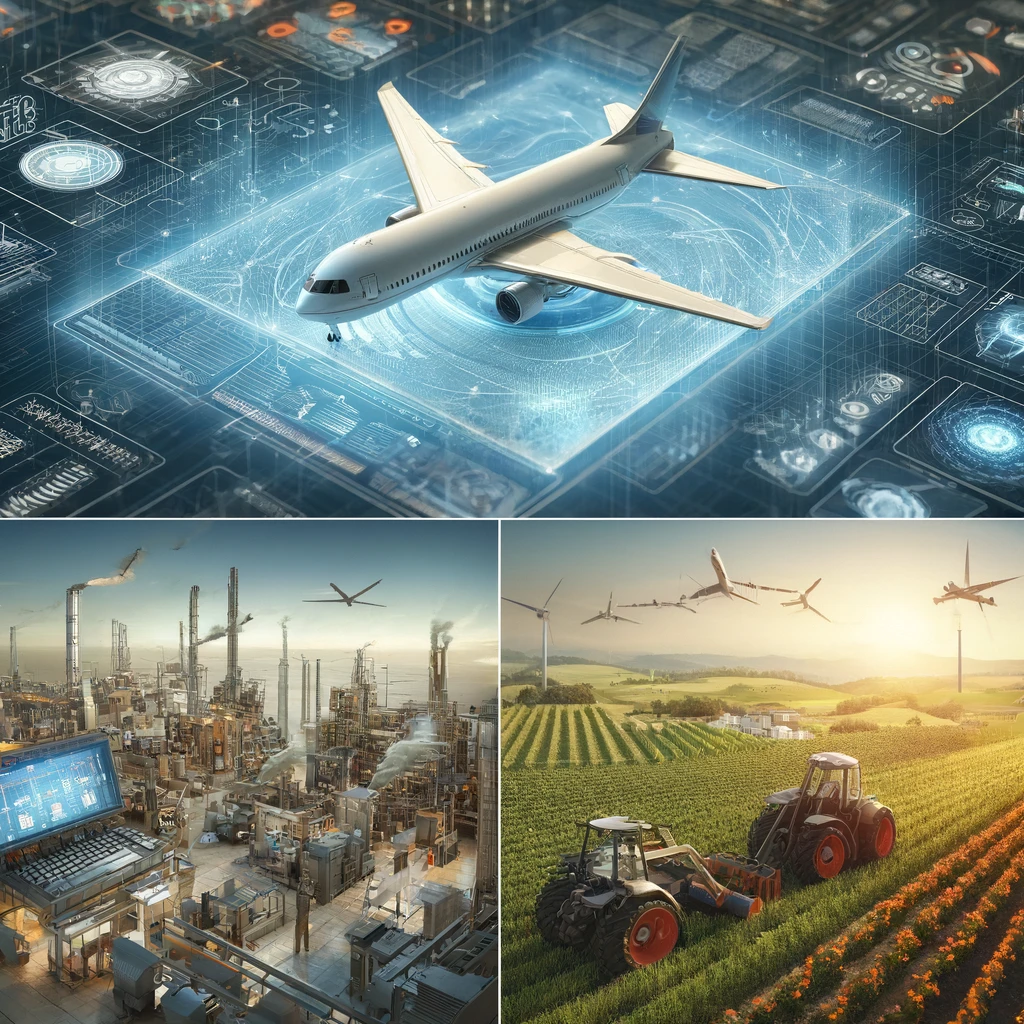
Visualizing Digital Twin Applications Across Key Industries. Discover how digital twins are applied in various sectors, illustrating their role in optimizing processes, enhancing predictive maintenance, and improving product design.
Building a Digital Twin: A Comprehensive Step-by-Step Guide. A detailed walkthrough of the stages involved in creating a digital twin, from initial data collection to real-time data integration and model refinement.
Navigating Challenges and Best Practices in Digital Twin Adoption. Discuss the common hurdles businesses face when implementing digital twins and offer best practices to overcome these challenges and maximize benefits.
Emerging Trends and the Transformative Future of Digital Twin Technology. Speculate on the future advancements in digital twin technology, highlighting the integration of AI and sustainability efforts as key trends shaping their evolution.
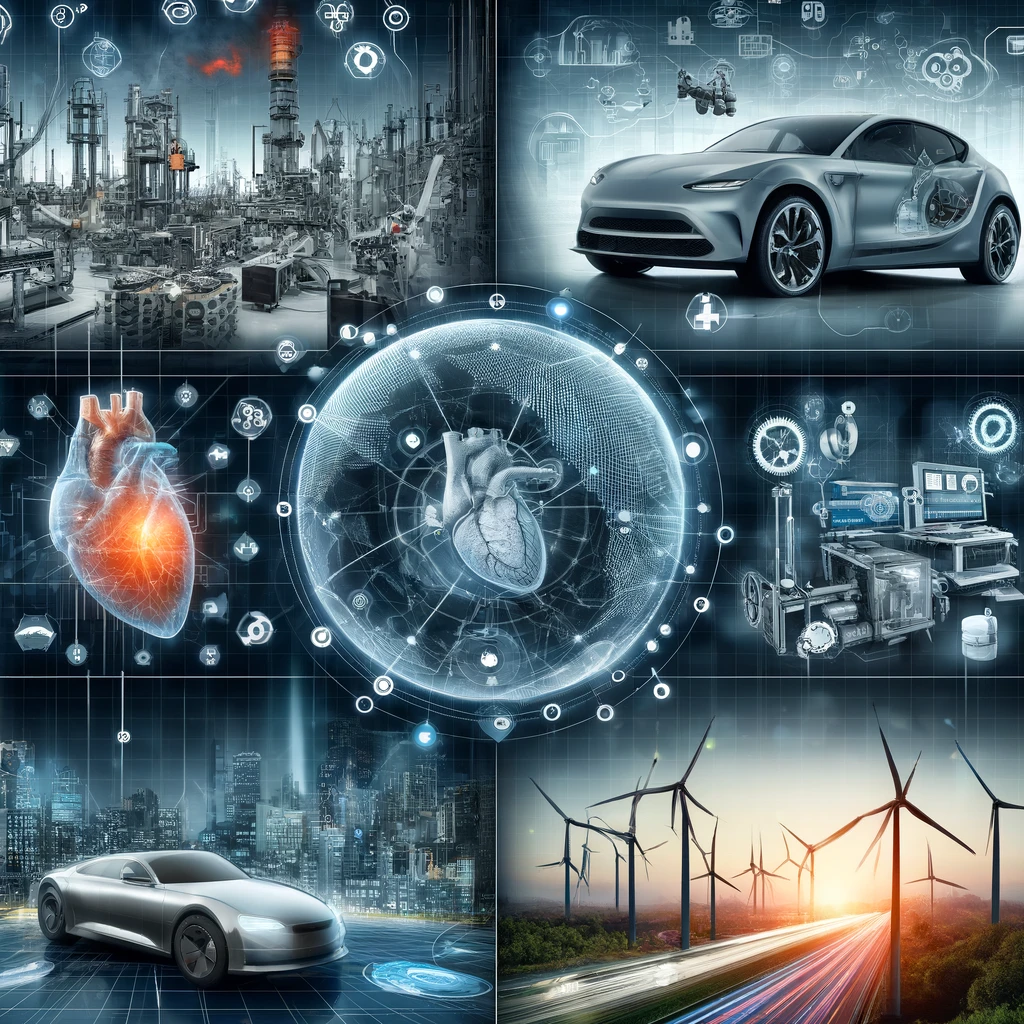
Synergizing Digital Twins and IoT: Enhancing Real-Time Monitoring and Decision-Making. Analyze how the integration of IoT with digital twins enhances real-time monitoring capabilities, leading to more informed decision-making and operational improvements.
Legal and Ethical Considerations of Digital Twins: Navigating Privacy, Surveillance, and Data Integrity. Address the legal implications and ethical concerns associated with digital twin technology, focusing on privacy, data accuracy, and the potential for misuse.
Leveraging Digital Twins for Strategic Business Innovation and Efficiency. Examine how businesses can use digital twins to drive strategic innovation, optimize operational efficiency, and gain a competitive edge in their markets.
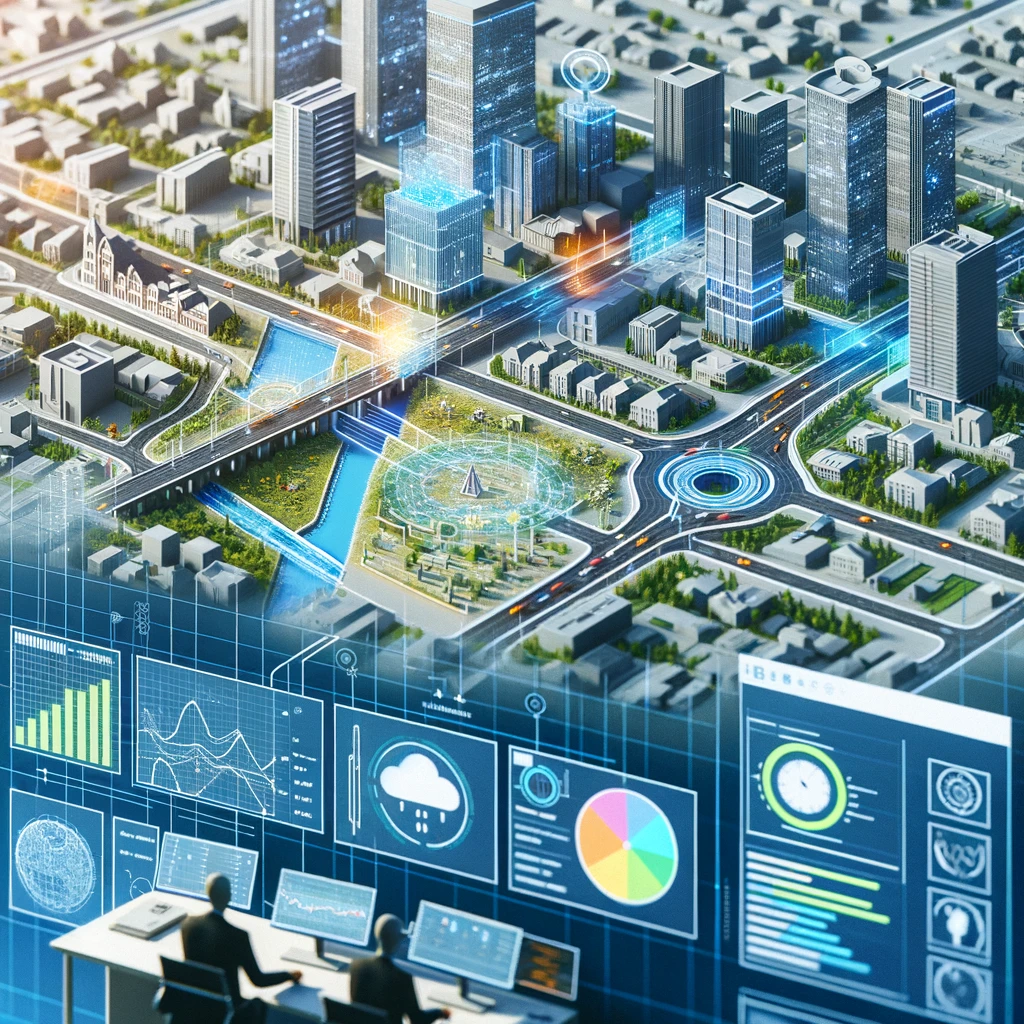
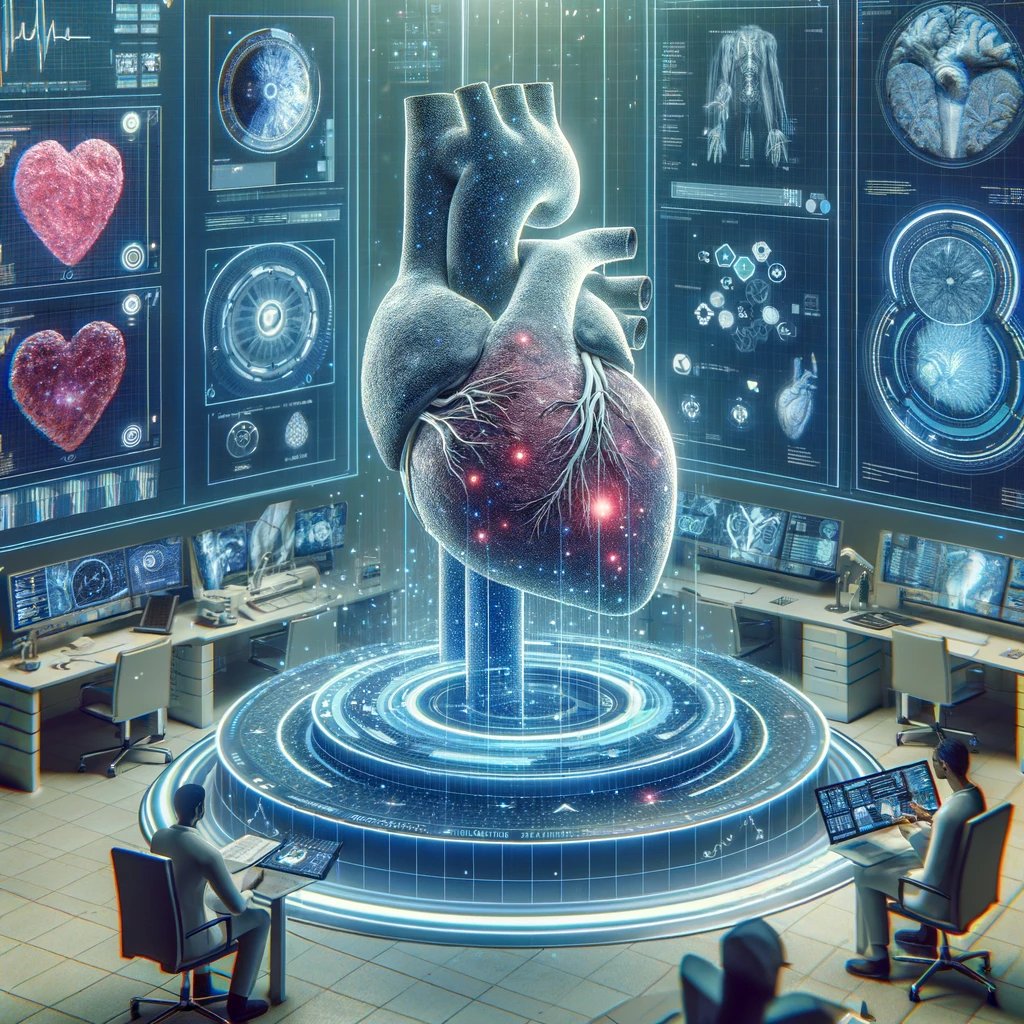
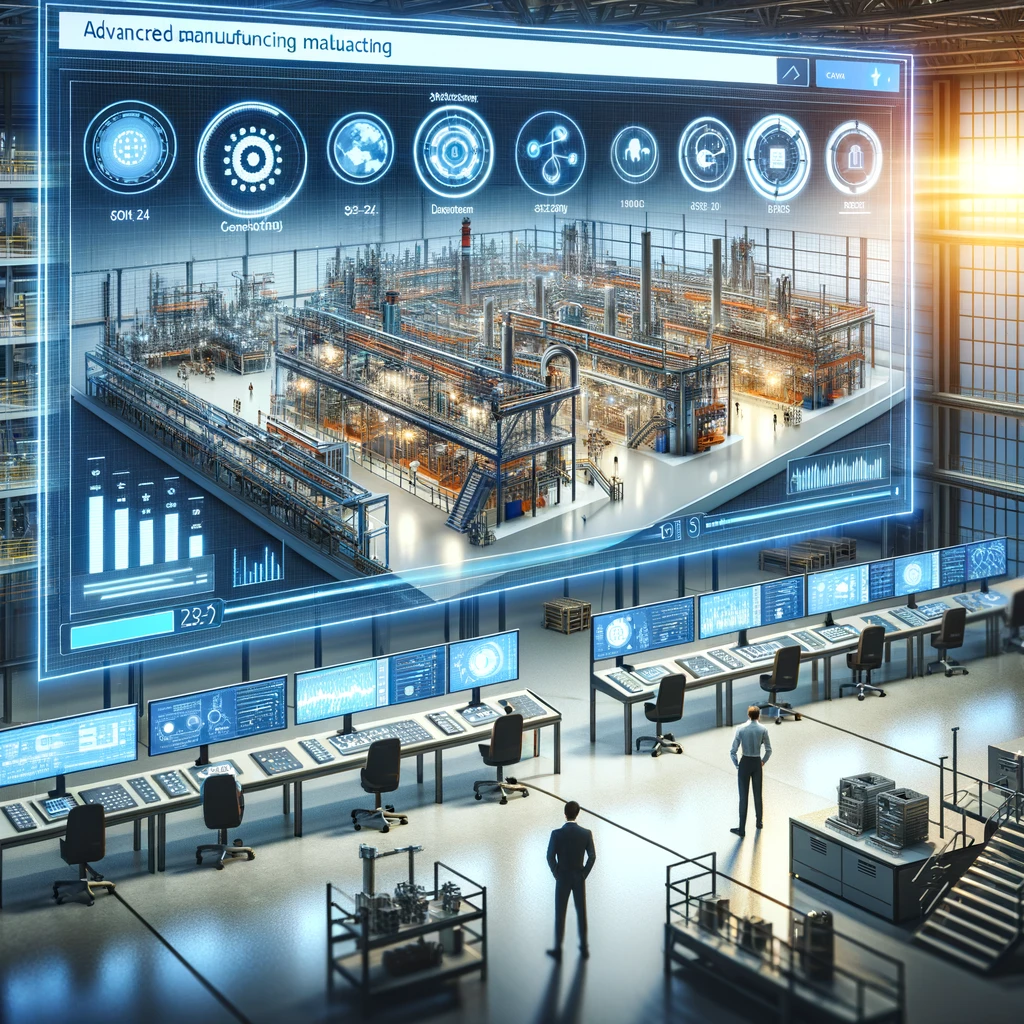
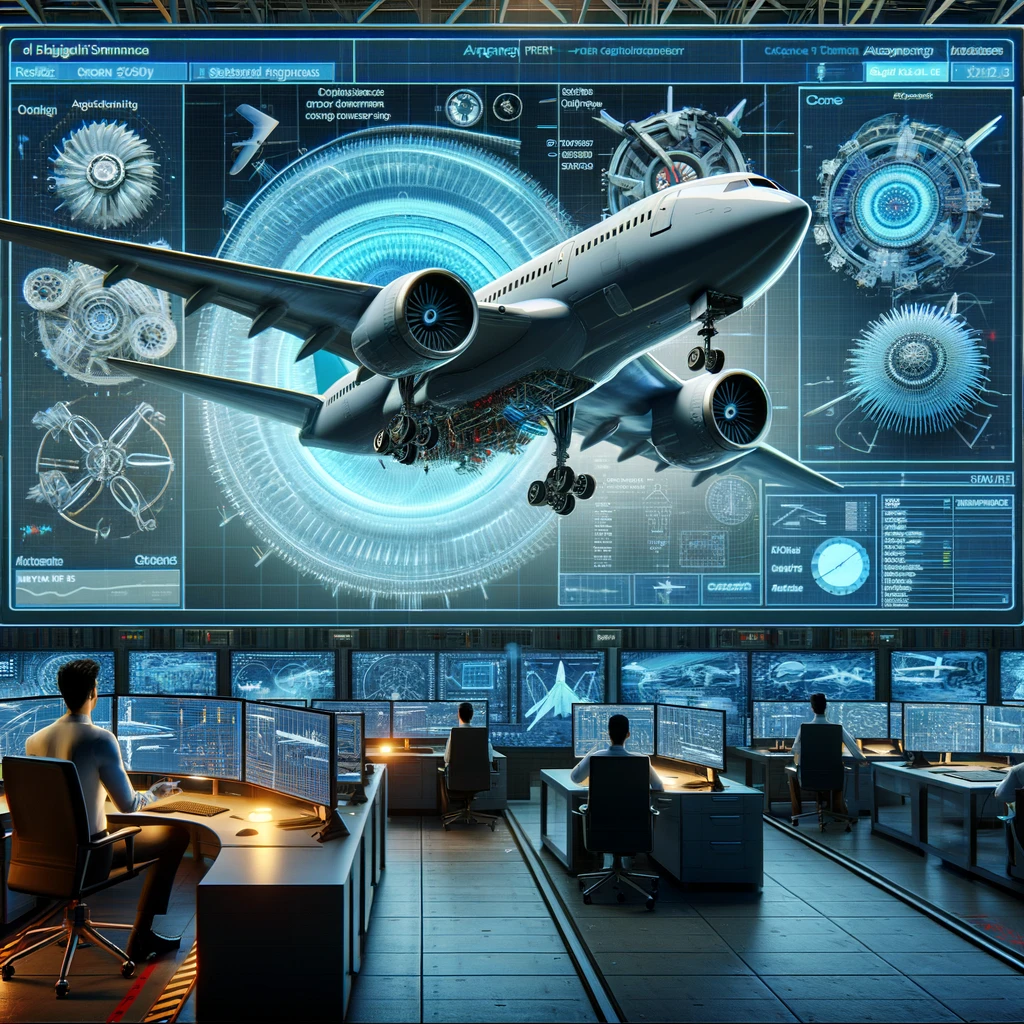

Digital twins are virtual replicas of physical entities, encompassing objects, systems, or processes. These digital representations are dynamically updated with real-world data, allowing for simulations, analysis, and optimization of their physical counterparts in real time. The concept has become a cornerstone in modern industries, where it drives innovations and efficiency enhancements across numerous sectors, including manufacturing, automotive, healthcare, and urban development.
The origin of digital twins can be traced back to the early days of space exploration. NASA used basic forms of the technology during the Apollo missions to replicate and diagnose problems in spacecraft thousands of miles away. This rudimentary version relied on mirroring systems rather than the sophisticated, data-driven models we see today, but it laid the groundwork for the evolution of digital twins.
By the 2010s, digital twins had moved beyond aerospace, thanks to advancements in computing power, data storage, and connectivity. The proliferation of the Internet of Things (IoT) has been particularly transformative, enabling the capture and instant transmission of data across a network of connected devices. This development has allowed digital twins to incorporate real-time data feeds, enhancing their accuracy and utility. Today, these virtual models integrate not only real-time data but also historical data, predictive analytics, and machine learning algorithms, offering a comprehensive and predictive view of the physical object or system.

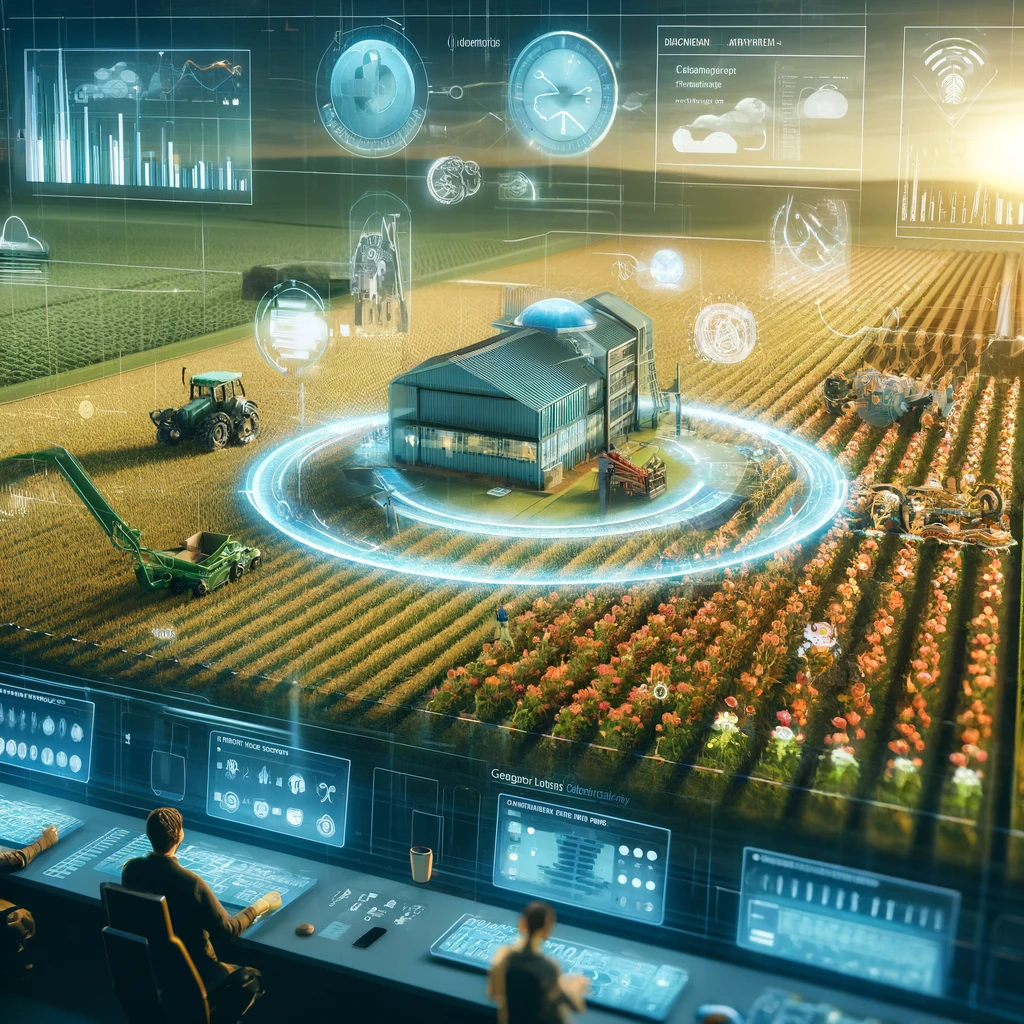
The significance of digital twins in modern industries cannot be overstated. In manufacturing, they are used to create and refine production processes before physical systems are built. By simulating production in a virtual environment, companies can identify inefficiencies and potential issues early, reducing costs and time to market. For example, Siemens has integrated digital twin technology into its digital industries software, providing a holistic view that spans product design, production planning, and performance analytics.
In the automotive sector, digital twins revolutionize design and testing by enabling engineers to run simulations under a variety of conditions to predict performance before a vehicle is physically built. This capability significantly shortens development cycles and enhances the safety and efficiency of the final product. Ford, for instance, uses digital twins to model and optimize its assembly lines and vehicle subsystems, which helps in reducing human error and enhancing product reliability.
Healthcare has also seen promising applications of digital twins, particularly in personalized medicine and complex surgical procedures. Digital twins of human organs allow medical professionals to simulate various treatment scenarios, tailor therapies to the individual patient, and improve surgical outcomes. Philips’ use of digital twin technology to visualize and analyze patient-specific heart models is a prime example of how these virtual replicas can enhance diagnostic accuracy and optimize surgical planning.
The energy sector benefits from digital twins in managing complex infrastructures, such as wind farms and grids. By predicting equipment failures and optimizing energy distribution, digital twins help in significantly reducing downtime and operational costs. Similarly, in urban planning, digital twins serve as crucial tools for city administrators and planners, providing a detailed, interactive model of urban areas that can be used to simulate changes, plan infrastructure, and manage services more efficiently.
The future of digital twins promises even greater integration with emerging technologies such as artificial intelligence (AI) and augmented reality (AR). As these technologies continue to evolve, they will further enhance the interactivity, accessibility, and predictive power of digital twins, solidifying their role as an indispensable tool in modern industry. The ongoing evolution of digital twins reflects a broader shift towards more dynamic, data-driven business practices and has become vital in the pursuit of digital transformation.